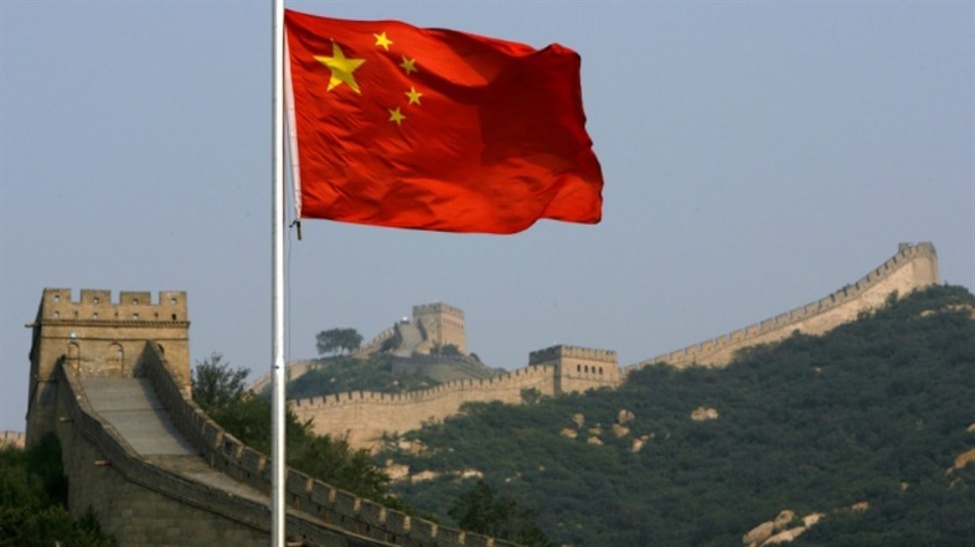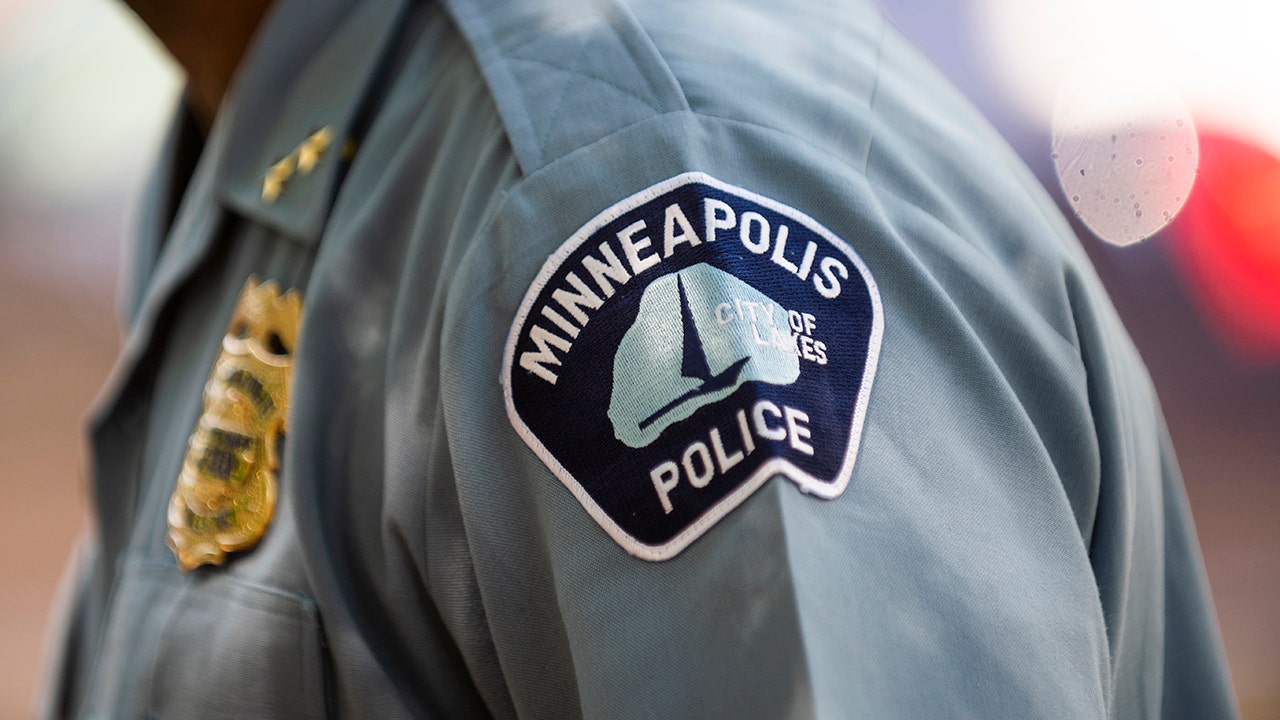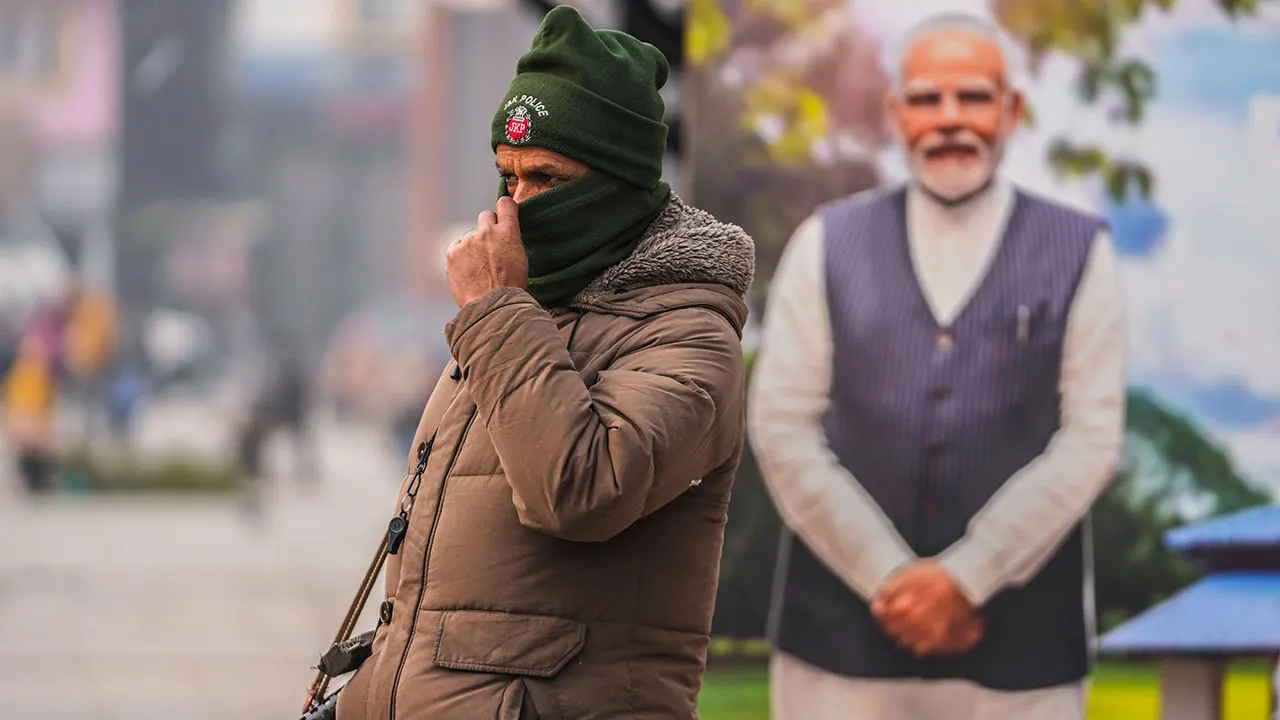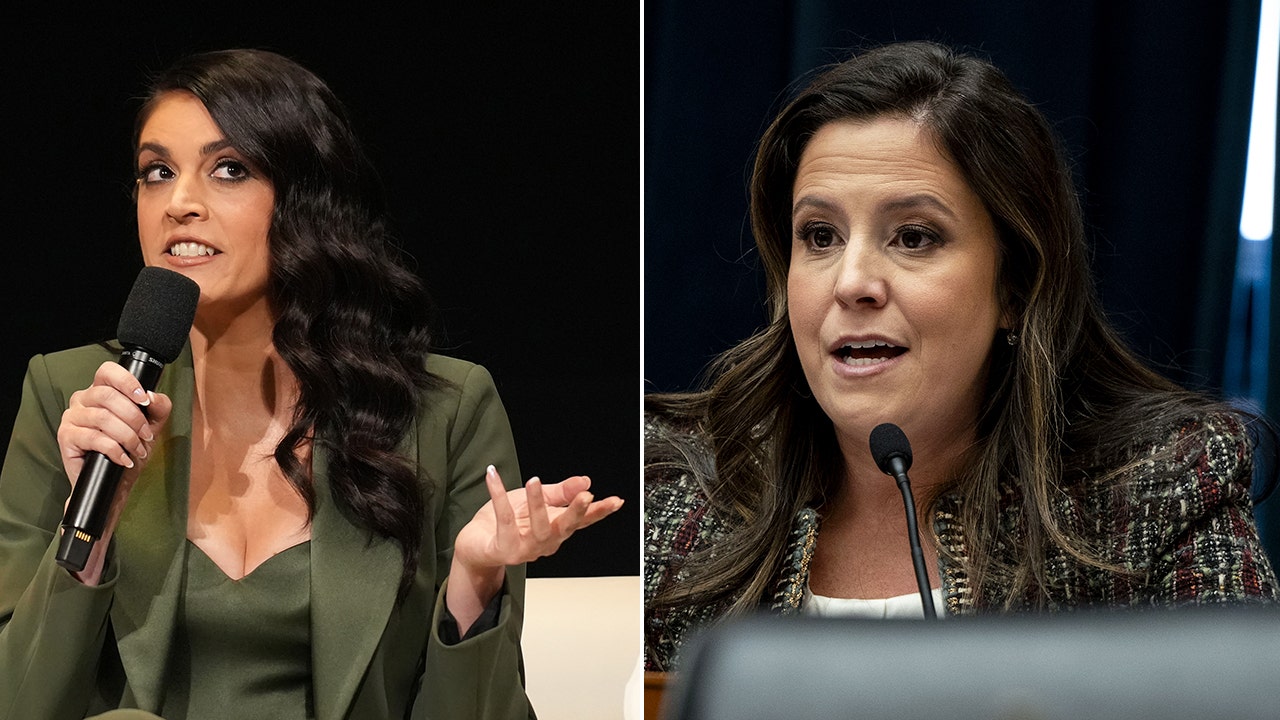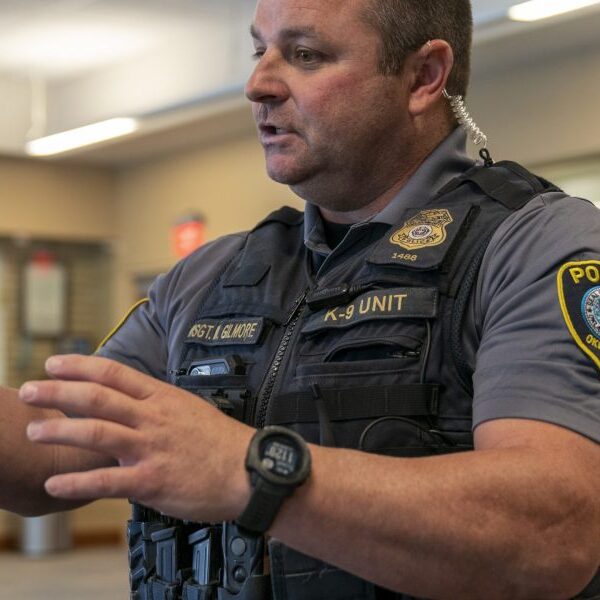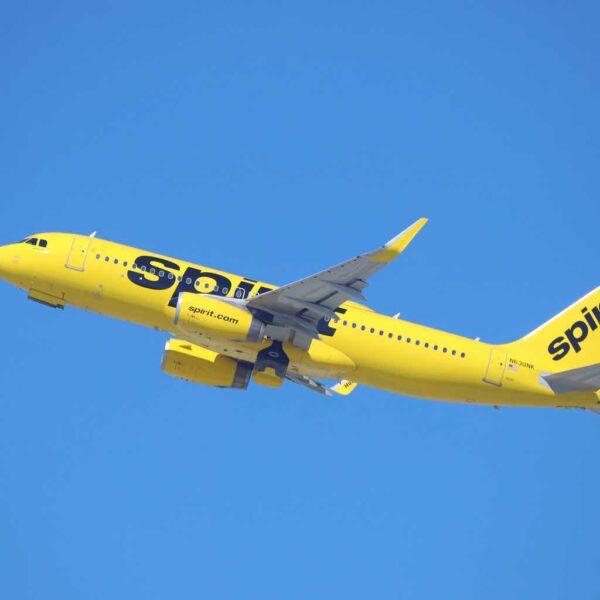For Prime Minister Keir Starmer of Britain, the road to a first-in-the-world trade deal with the United States began on a late winter afternoon when he arrived in the Oval Office, bearing a letter for President Trump. It was from King Charles III, inviting Mr. Trump for a rare second state visit to Britain.
It ended on Thursday afternoon when Mr. Starmer was patched into the Oval Office for a theatrical, televised phone call with Mr. Trump, in which the president announced a deal that will roll back tariffs on some British exports, including autos and steel, while leaving other tariffs in place.
The deal, Mr. Trump declared, will be “so good for both countries.” Mr. Starmer, who conceded that the president’s timing had caught him off guard, said the agreement testified to the value of not being provoked by Mr. Trump’s sometimes aggressive tactics — not “slamming the door,” as he put it.
In truth, the nine weeks between Mr. Starmer’s visit in February and his phone call Thursday with Mr. Trump were a roller-coaster ride for the prime minister and his negotiators. They had to work out an agreement with an administration that seemed at times bifurcated between conventional trade negotiators and a president on whose whims and impulses the signing of any deal depended.
“As of now, this looks like quite a good result for Keir Starmer,” said Kim Darroch, who served as Britain’s ambassador to Washington during Mr. Trump’s first term. Still, he added, critics could argue that Mr. Trump had not lifted all the tariffs and might yet reverse course on elements of the agreement.
“That’s life with Donald Trump — deal with it,” said Mr. Darroch, whose term as ambassador was cut short in 2019 when diplomatic cables, in which he criticized the president, were leaked to a London newspaper.
Mr. Starmer weathered his share of setbacks during the grueling weeks of negotiation. At February’s Oval Office meeting, Mr. Trump was plainly delighted by the invitation from the king. After serving Mr. Starmer lunch, he lauded his guest for making a strong case to spare Britain from the tariffs that he planned to impose on other trading partners.
“He was working hard, I’ll tell you that,” Mr. Trump said. “He earned whatever the hell they pay him over there.”
Yet Mr. Starmer’s lobbying hit a wall: On April 2, Britain was swept into the same basic 10 percent tariff that the United States imposed on dozens of countries. Its steel and auto industry had already been slapped with tariffs, leading critics to wonder if the British charm offensive was for naught.
Mr. Starmer, though, refused to criticize Mr. Trump. He said on Thursday that would have been “performative” and would not have helped extract a better deal. Besides, he had invested a lot in his relationship with the president on issues including Ukraine, where Mr. Starmer has tried to act as a bridge between Mr. Trump and President Volodymyr Zelensky of Ukraine.
“I’ve met him a number of times now,” Mr. Starmer said in an interview with The New York Times in March. “I’ve spoken to him on numerous cases on the phone. I think we have a really good relationship.”
Among the issues the two leaders discussed was Mr. Trump’s golf club in Scotland, Trump Turnberry. In late March, Mr. Starmer told the president that the police had arrested three people on suspicion of vandalizing the resort with pro-Palestinian messages. Mr. Trump referred to them as “terrorists.”
“You cannot let things like this attack happen,” he wrote on social media. “I greatly appreciate the work of Prime Minister Starmer.”
For all the rapport between the two leaders, British officials pushed back against Mr. Trump’s claim that Mr. Starmer was “very happy” that Britain had only been hit with a 10 percent tariff, not 20 percent, as had the European Union. They set out to convince him to lift the 10 percent tariff, though they had limited hopes of succeeding.
Part of the challenge for Britain, a senior official said, was toggling between Jamieson Greer, the United States trade representative, who was deeply immersed in the minutiae of the trade relationship, and Howard Lutnick, the commerce secretary, who was not well-versed in the details but far more influential with Mr. Trump.
British officials also expressed anxiety that Treasury Secretary Scott Bessent might prioritize securing an agreement with a larger Asian economy like Japan. They had pushed for Britain to be the first country to strike a deal.
Britain was helped in the negotiation by having Peter Mandelson as its new ambassador to Washington. Mr. Mandelson, a former trade commissioner for the European Union, took a central role in the talks, emphasizing the collaboration of Britain and the United States in advanced technology.
During Mr. Trump’s phone call with Mr. Starmer on Thursday, Mr. Mandelson stood behind the president in the Oval Office. After Mr. Trump invited him to say a few words, the president told him, “What a beautiful accent.”
The outlines of a deal were in place for a few days this week, the senior official said, but Mr. Lutnick was viewed as crucial in persuading Mr. Trump to bless the deal. During his visit in February, another person with knowledge of the negotiations said, Mr. Starmer had buttonholed Mr. Lutnick at a reception at the British embassy in Washington to emphasize his focus on a trade agreement.
The breakthrough came on Wednesday, when British negotiators in Washington called Jonathan Reynolds, the country’s secretary for business and trade, to ask whether the government would greenlight the latest draft of the deal, which it did.
But Mr. Trump still placed one last call to Mr. Starmer, seeking concessions, on Wednesday night in London, which came as the prime minister was watching his favorite soccer club, Arsenal, lose to Paris Saint-Germain in a Champions League semifinal game.
British officials were so surprised by the timing of Mr. Trump’s announcement that they scrambled to gather reporters to cover a statement by the prime minister after the deal was announced on Thursday. Mr. Starmer decided to travel to a Jaguar Land Rover factory, outside Birmingham, to showcase how the deal would cut tariffs on cars from about 25 percent to 10 percent. But 10 Downing Street mistakenly sent reporters to a different Jaguar facility in Coventry.
“No, I didn’t know the exact day,” Mr. Starmer told reporters, who had been redirected to the proper building. “I wouldn’t have been having my phone call with President Trump halfway through the second half of the Arsenal-PSG game had I planned it better, but that’s the way it turned out.”
Jonathan Swan contributed reporting from Washington and Stephen Castle from London.



